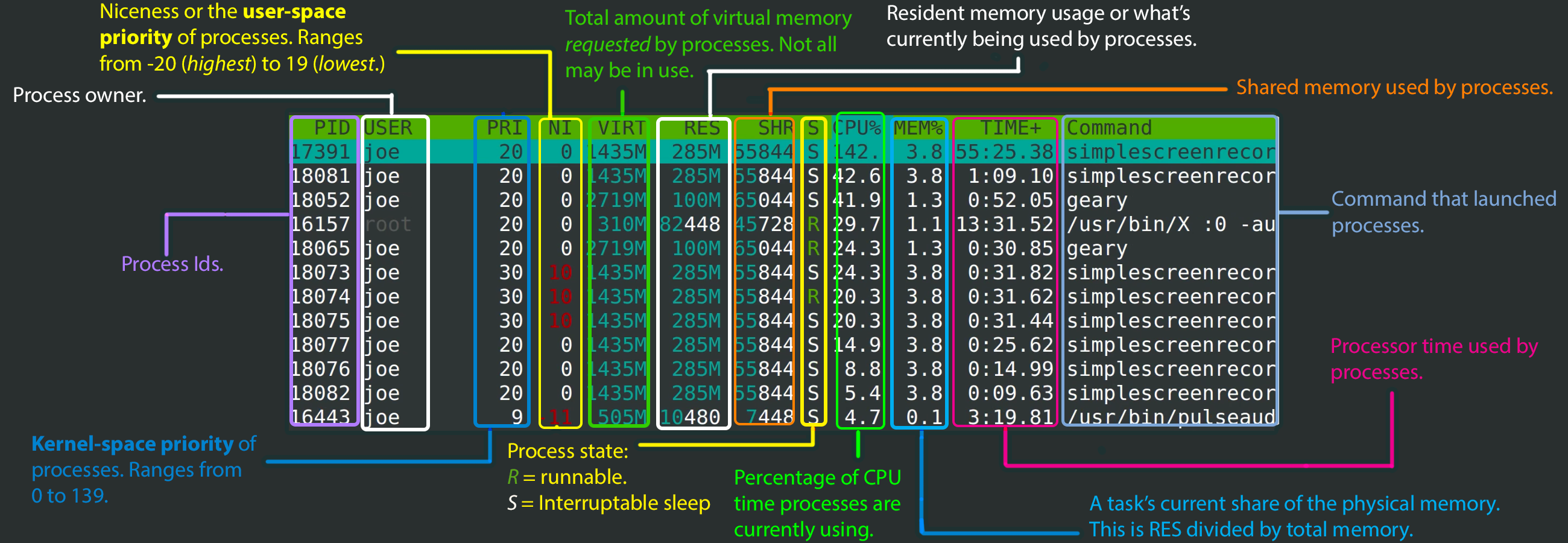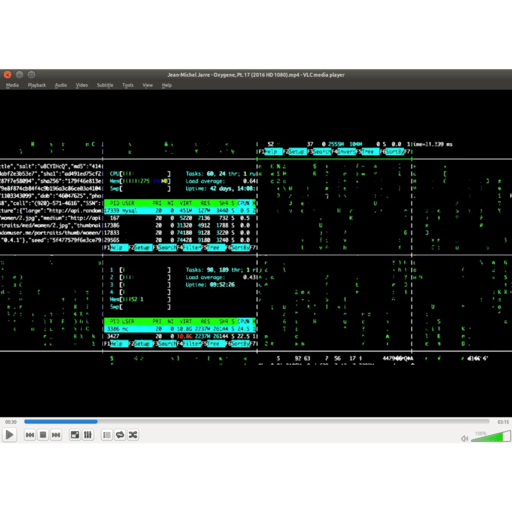
Linux utilizes the buffer and cache to make read and write operations faster – it’s much quicker to read data from memory than from a hard disk. In Linux, tmpfs is represented as a mounted file system, though none of these files are actually written to disk – they are stored in RAM, hence the need for this column.įor the curious, a system’s tmpfs storage spaces can be observed with the df command:įilesystem Size Used Avail Use% Mounted onīuffer/Cache: This column contains the sum of the buffer and cache. As the name implies, this file system stores temporary files to speed up operations on your computer. Shared: This column displays the amount of memory dedicated to tmpfs, “temporary file storage”. As you can see in our example output above, our test machine has a measly 145 MB of memory that is totally free. There should ordinarily be a pretty small number here, since Linux uses most of the free RAM for buffers and caches, rather than letting it sit completely idle. The number in this column is the sum of total-free-buffers-cache.įree: This column lists the amount of memory that is completely unutilized. This makes read and write operations more efficient, but the kernel will reallocate that memory if a process needs it. While the “used” column does represent RAM which is currently in use by the various programs on a system, it also adds in the RAM which the kernel is using for buffering and caching. Just because memory is “in use” doesn’t necessarily mean that any process or application is actively utilizing it. Used: This column lists the amount of memory that is currently in use – but wait, that’s not quite as intuitive as it sounds. Total: This column is obvious – it shows how much RAM is physically installed in your system, as well as the size of the swap file. Let’s break down the details represented in all of these columns, since the terminology here gets a little confusing.

This output tells us that our system has about 2 GB of physical memory, and about 1 GB of swap memory. Now the values are much clearer, even with a brief glance.

The -h switch, which stands for “human readable”, helps us make more sense of the output: That’s chiefly because the output is given in kibibytes by default.

Total used free shared buff/cache available


 0 kommentar(er)
0 kommentar(er)
